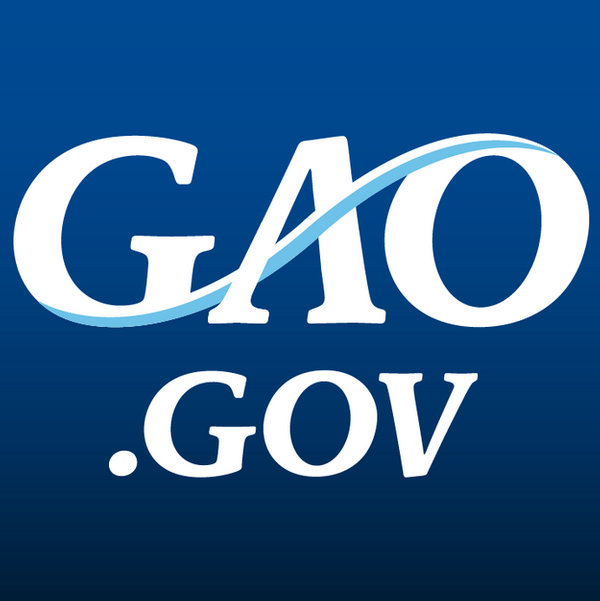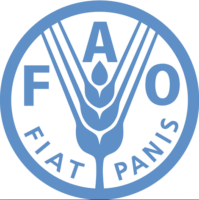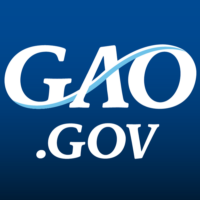This week, the Governmental Accountability Office (GAO) published a new report entitled “FDA Can Build on Existing Efforts to Measure Progress and Implement Key Activities,” that analyzes the U.S. Food and Drug Administration’s (FDA’s) work in a few areas, including feed and food safety. Their analysis includes an assessment of how the agency has fared since the passing of the Food Safety Modernization Act (FSMA).
FDA is responsible for overseeing the safety of about 80 percent of the nation’s food supply and for promoting good nutrition. Federal oversight of food safety has been on GAO’s high-risk list since 2007. According to FDA, FSMA aims to improve food safety by shifting FDA’s focus toward preventing food contamination, rather than responding to foodborne illnesses. GAO was asked to review FDA’s food safety- and nutrition-related activities and resources.
The report examines the following:
- FDA’s key food safety- and nutrition-related activities since FSMA’s enactment in 2011 and how FDA determined its priorities for those activities
- Resources FDA dedicated to those activities in fiscal years 2011 through 2016
- The extent to which FDA set goals for those activities in fiscal years 2011 through 2017 and is assessing progress toward those goals
- FDA’s planned food safety- and nutrition-related activities and associated time frames
GAO analyzed FDA documents and data for fiscal years 2011 through 2018 and interviewed FDA officials, ultimately coming up with the following recommendations for FDA:
- Develop performance measures with associated targets and timeframes for all 8 of its food safety- and nutrition-related objectives
- Complete a plan that includes specific actions, priorities, and milestones for implementing the Food and Veterinary Medicine Program’s strategic plan.
“Since fiscal year 2011, FDA has set goals for its food safety- and nutrition-related activities but has not fully developed the necessary framework to assess progress toward those goals,” the report reads. It also says, “Program priorities through regulations or guidance were not always clear because FDA did not uniformly document its decision-making process—including whether it considered alternative approaches (i.e., developing regulations rather than guidance, or vice versa).
According to GAO’s report, FDA has “agreed with GAO’s recommendations and identified actions to implement them.”
Sign up for Food Safety Magazine’s bi-weekly emails!
Subscribe to our podcast: Food Safety Matters!




